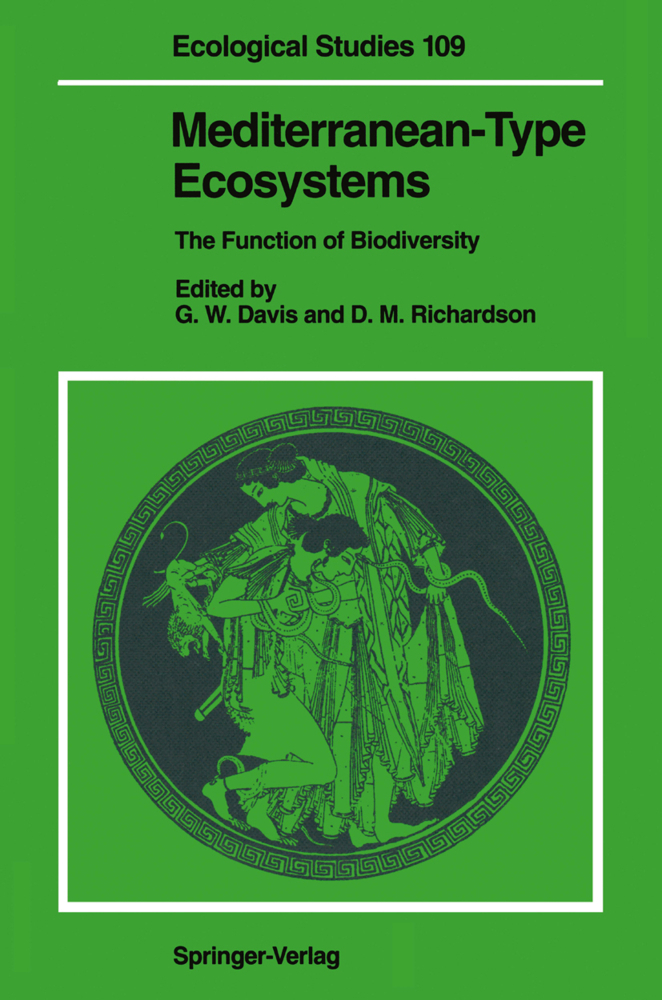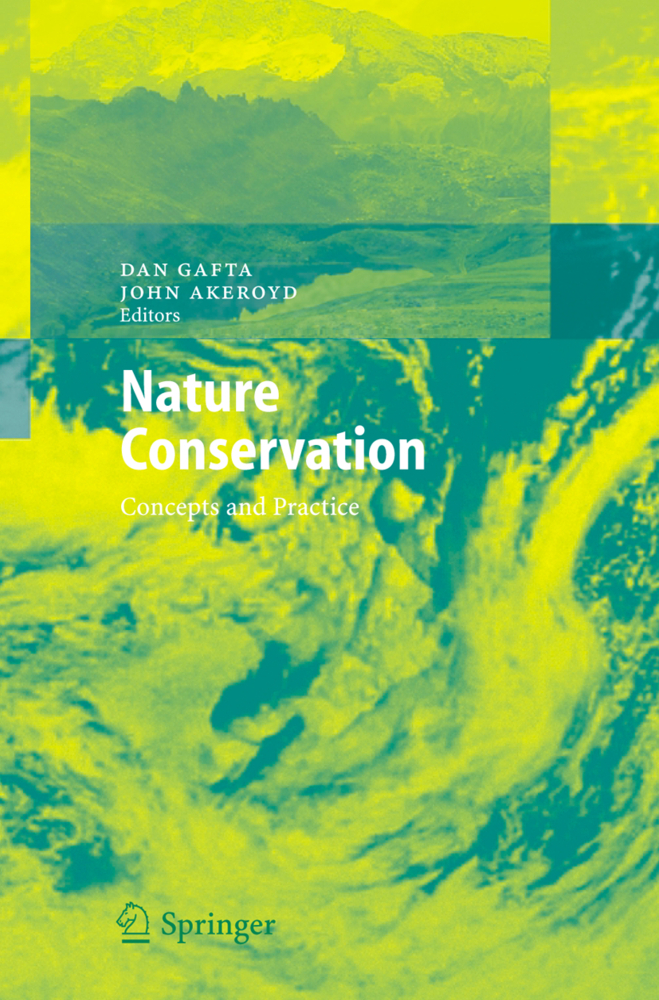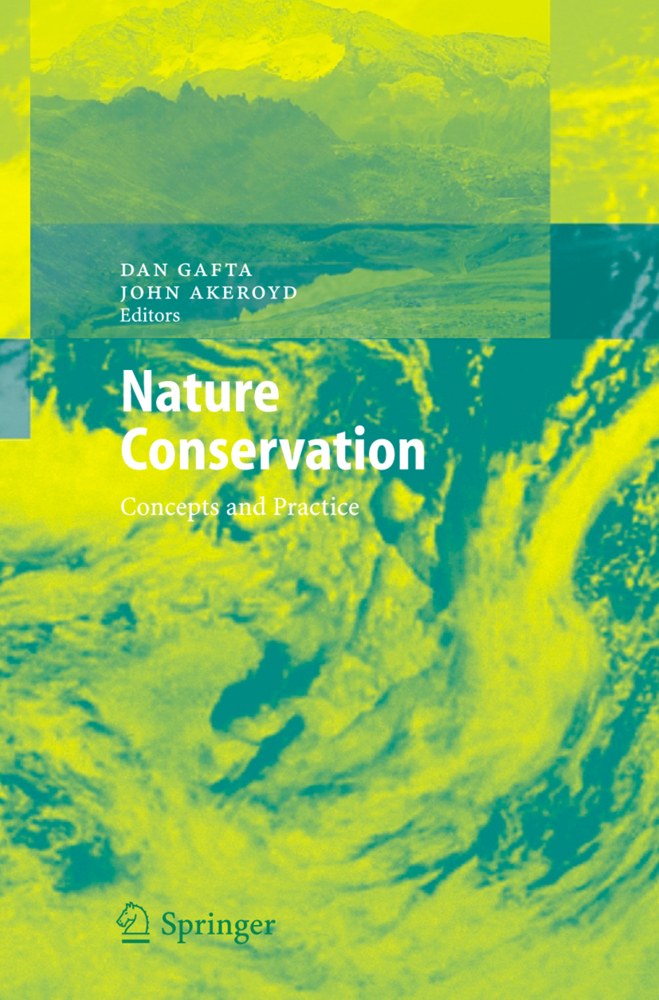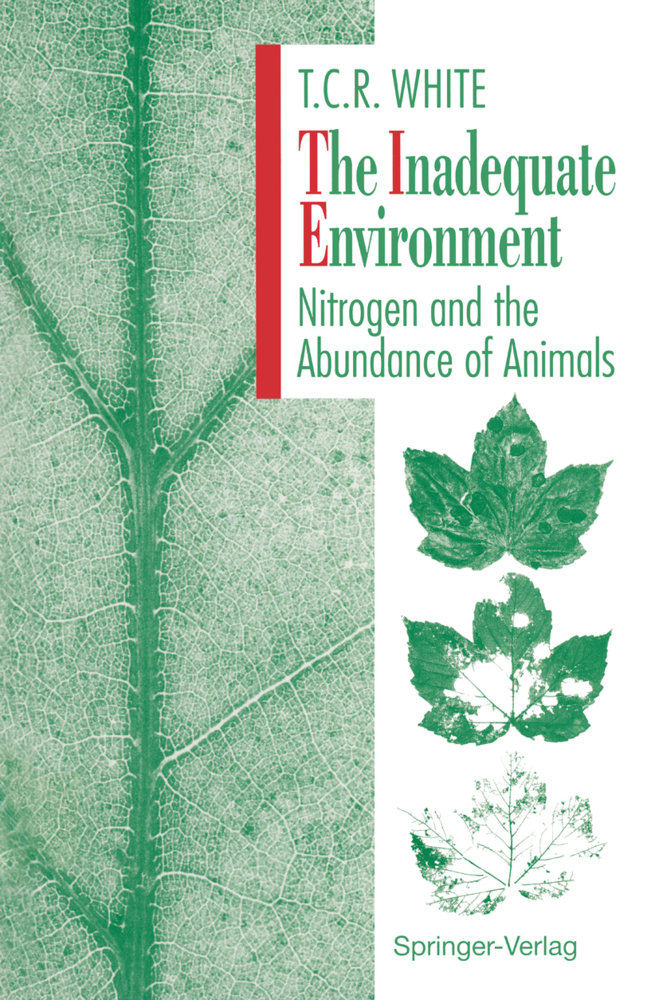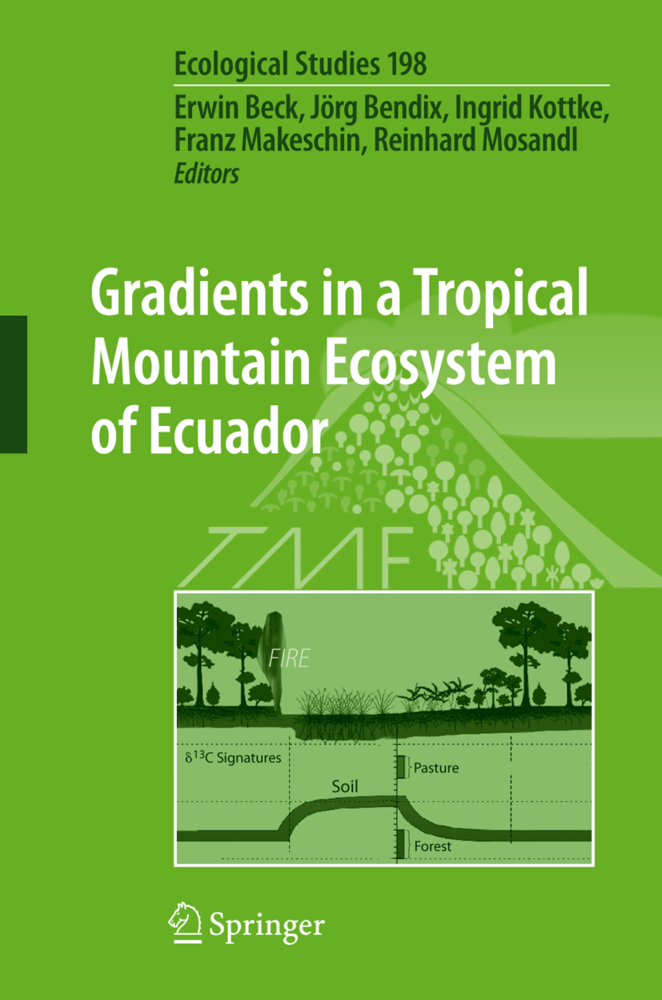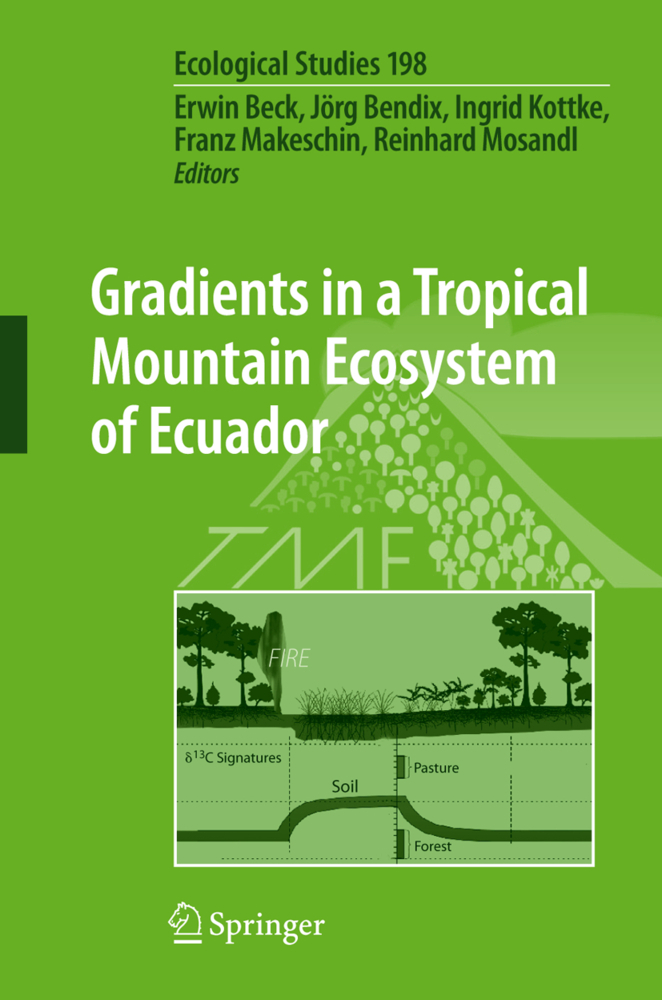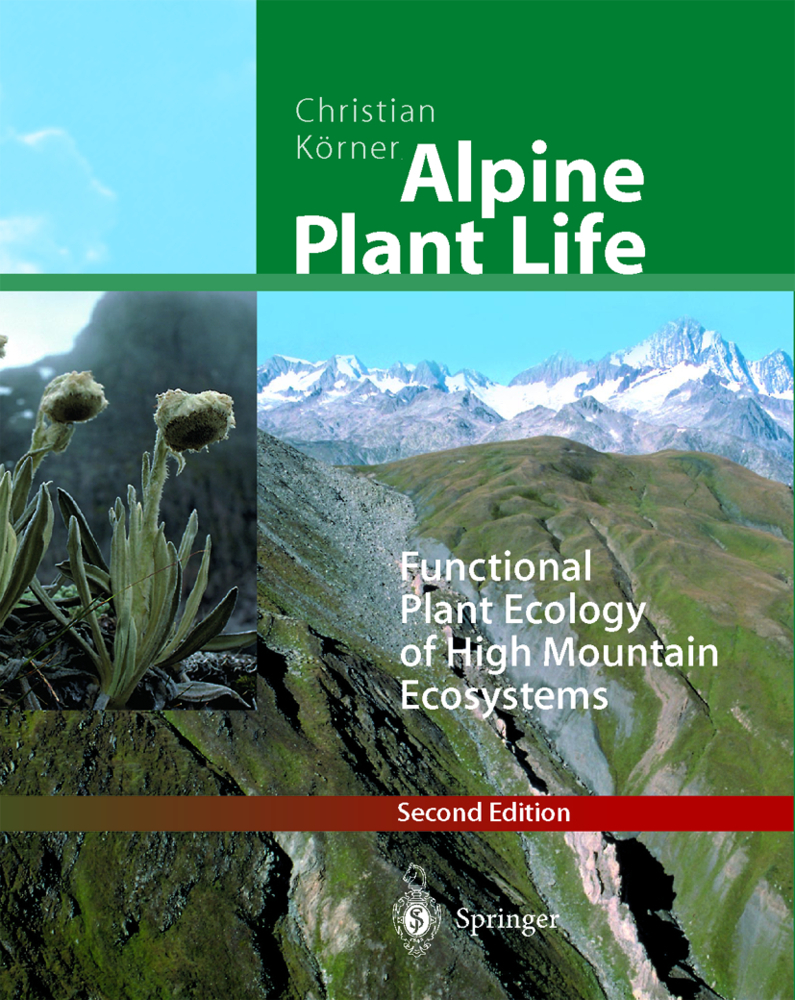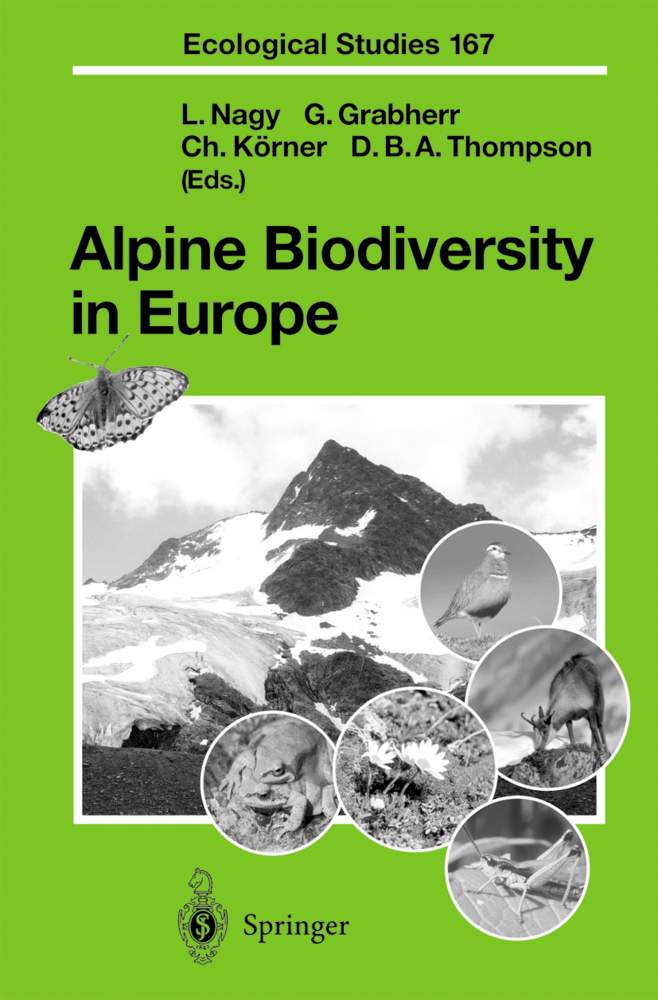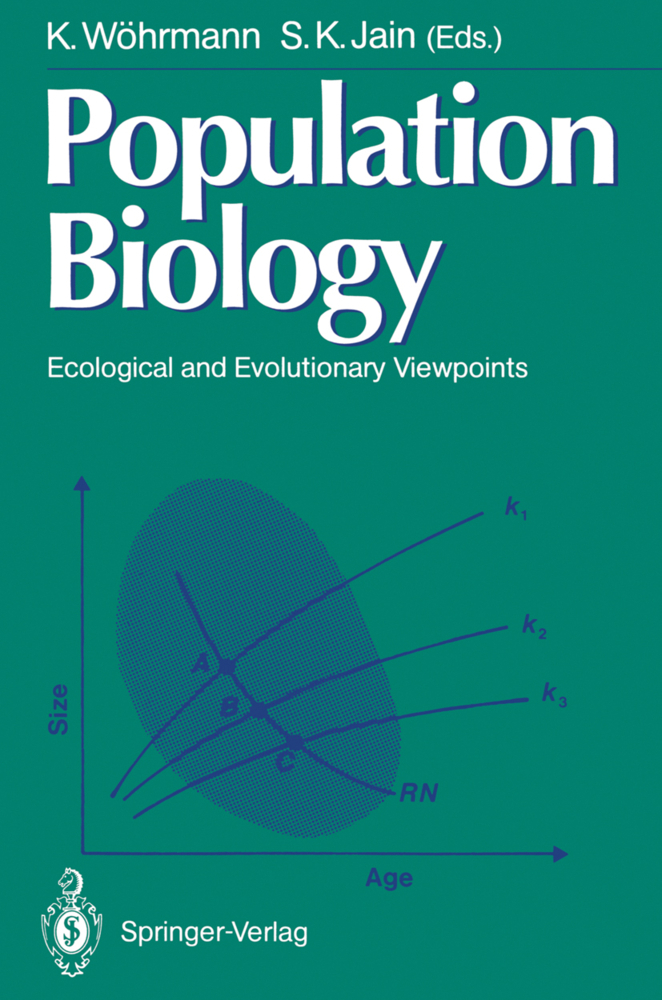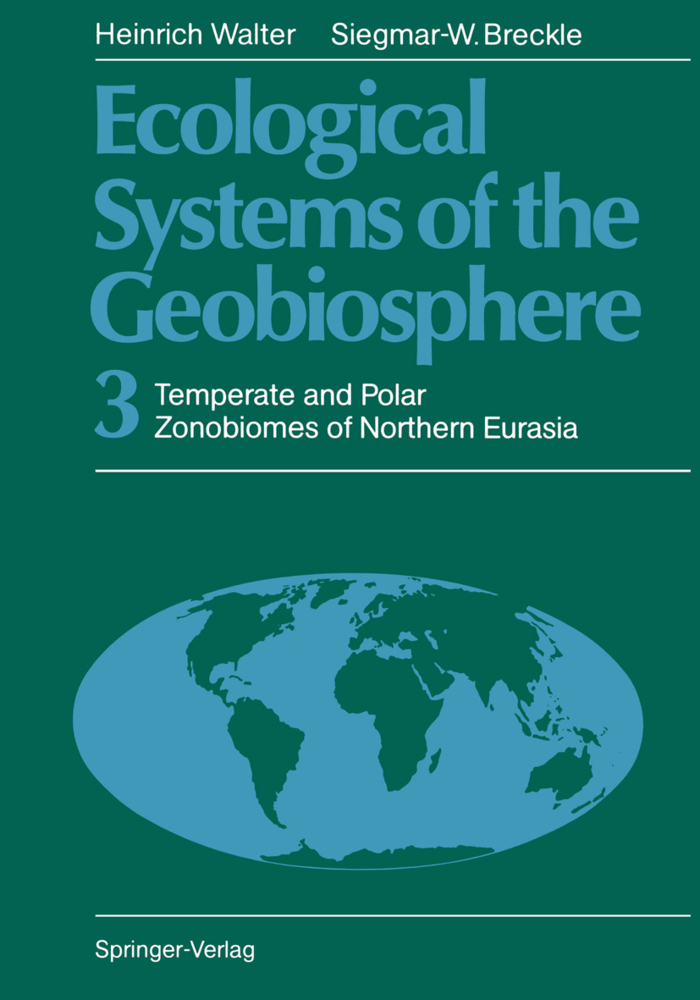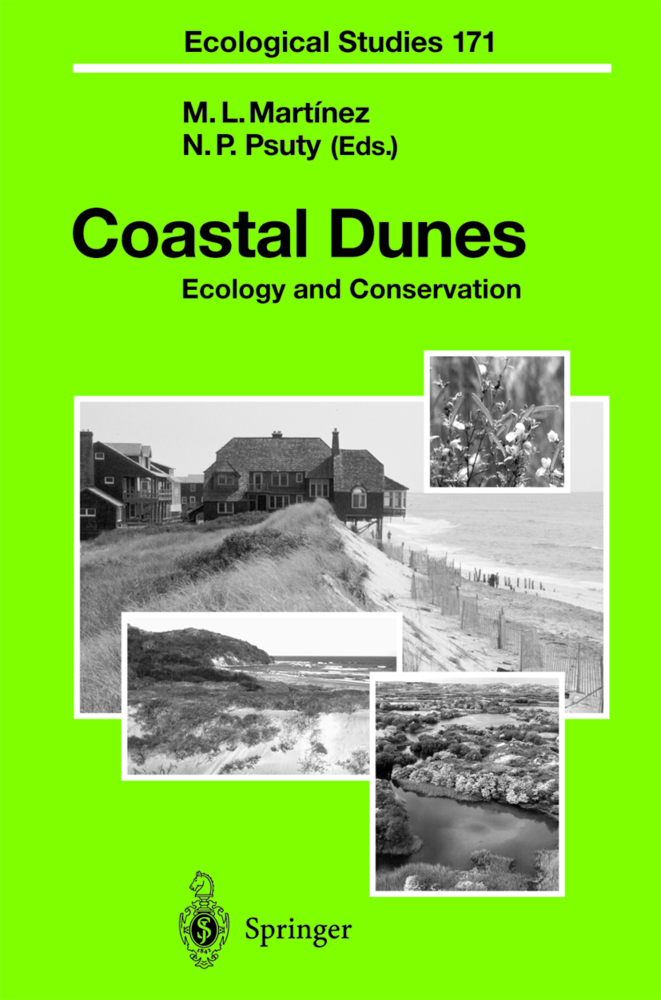Mediterranean-Type Ecosystems
The Function of Biodiversity
Mediterranean-Type Ecosystems
The Function of Biodiversity
Human activities are causing species extinctions at a rate and magnitude rivaling those of past geologic extinction events.
Exploring mediterranean-type ecosystems - the Mediterranean Basin, California, Chile, Australia, and South Africa - this volume addresses the question whether biological diversity plays a significant role in the functioning of natural ecosystems, and to what extent that diversity can be reduced without causing system malfunction. Comparative studies in ecosystems that are similar in certain respects, but differ in others, offer considerable scope for gaining new insights into the links between biodiversity and ecosystem functioning.
1.2 Definitions
1.3 Why Study Biodiversity and Ecosystem Function?
1.4 Linking Diversity and Ecosystem Function
1.5 Mediterranean-Type Ecosystems: Similarities and Differences Between Regions
1.6 History of Research on Mediterranean-Type Ecosystems
1.7 Opportunities for Studying Links Between Biodiversity and Ecosystem Function in MTEs
References
2 Biodiversity and Ecosystem Function in the Mediterranean Basin: Human and Non-Human Determinants
2.1 Introduction
2.2 Geography, Climate and Habitat Diversity
2.3 Patterns of Mediterranean Diversities in Relation to Space and Time
2.4 The Historical Load and Mediterranean Adaptations
2.5 Humans and the Mediterranean Biota
2.6 Biodiversity and Ecosystem Function at the Community Level
2.7 Functional Groups and Redundancy
2.8 Ecological and Evolutionary Consequences of Patchiness
2.9 The Future
References
3 Biodiversity and Ecosystem Functioning in Mediterranean-Climate California
3.1 Introduction
3.2 Patterns and Determinants of Diversity
3.3 Biodiversity and Community Structure and Function
3.4 Biodiversity and Ecosystem Function
3.5 Conclusions
3.6 Future Research Needs
References
4 Functional Approaches to Biodiversity in the Mediterranean-Type Ecosystems of Central Chile
4.1 Introduction
4.2 Biodiversity in Chile
4.3 Mediterranean-Type Ecosystems in Central Chile
4.4 The Role of Diversity in Ecosystem Function
4.5 Plant Species Diversity and Growth-Form Diversity
4.6 Environmental Resources as a Factor in Diversity
4.7 Storage of Species Diversity
4.8 Biodiversity in Vertebrate Predator/Prey Systems
4.9 Production of Honey at the Community Level
4.10 Impact of Changes in Climate and Land-Use on Biodiversity
4.11 Conclusions
References
5 Function of Biodiversity in the Mediterranean-Type Ecosystems of Southwestern Australia
5.1 Introduction
5.2 Mediterranean-Type Ecosystems in Australia
5.3 Ecosystem Function of Biodiversity
5.4 Research Opportunities
5.5 Conclusions
References
6 Links between Biodiversity and Ecosystem Function in the Cape Floristic Region
6.1 Introduction
6.2 Geography of the Region
6.3 Patterns of Biodiversity in the Cape Floristic Region
6.4 Biodiversity and Ecosystem Function: Community-Level Perspectives
6.5 Biodiversity and Ecosystem Function: Landscape-Level Perspectives
6.6 The Ecology of Formation Shifts
6.7 Conclusions
References
7 Ecosystem Function of Biodiversity: Can We Learn From the Collective Experience of MTE Research?
7.1 Introduction
7.2 Mediterranean-Type Ecosystems as a Focus
7.3 Diversity and System Function: a Distillation of MTE Thinking
7.4 The Way Ahead
References
Taxonomic Index.
Exploring mediterranean-type ecosystems - the Mediterranean Basin, California, Chile, Australia, and South Africa - this volume addresses the question whether biological diversity plays a significant role in the functioning of natural ecosystems, and to what extent that diversity can be reduced without causing system malfunction. Comparative studies in ecosystems that are similar in certain respects, but differ in others, offer considerable scope for gaining new insights into the links between biodiversity and ecosystem functioning.
1 Mediterranean-Type Ecosystems: Opportunities and Constraints for Studying the Function of Biodiversity
1.1 Focus on Mediterranean-Type Ecosystems1.2 Definitions
1.3 Why Study Biodiversity and Ecosystem Function?
1.4 Linking Diversity and Ecosystem Function
1.5 Mediterranean-Type Ecosystems: Similarities and Differences Between Regions
1.6 History of Research on Mediterranean-Type Ecosystems
1.7 Opportunities for Studying Links Between Biodiversity and Ecosystem Function in MTEs
References
2 Biodiversity and Ecosystem Function in the Mediterranean Basin: Human and Non-Human Determinants
2.1 Introduction
2.2 Geography, Climate and Habitat Diversity
2.3 Patterns of Mediterranean Diversities in Relation to Space and Time
2.4 The Historical Load and Mediterranean Adaptations
2.5 Humans and the Mediterranean Biota
2.6 Biodiversity and Ecosystem Function at the Community Level
2.7 Functional Groups and Redundancy
2.8 Ecological and Evolutionary Consequences of Patchiness
2.9 The Future
References
3 Biodiversity and Ecosystem Functioning in Mediterranean-Climate California
3.1 Introduction
3.2 Patterns and Determinants of Diversity
3.3 Biodiversity and Community Structure and Function
3.4 Biodiversity and Ecosystem Function
3.5 Conclusions
3.6 Future Research Needs
References
4 Functional Approaches to Biodiversity in the Mediterranean-Type Ecosystems of Central Chile
4.1 Introduction
4.2 Biodiversity in Chile
4.3 Mediterranean-Type Ecosystems in Central Chile
4.4 The Role of Diversity in Ecosystem Function
4.5 Plant Species Diversity and Growth-Form Diversity
4.6 Environmental Resources as a Factor in Diversity
4.7 Storage of Species Diversity
4.8 Biodiversity in Vertebrate Predator/Prey Systems
4.9 Production of Honey at the Community Level
4.10 Impact of Changes in Climate and Land-Use on Biodiversity
4.11 Conclusions
References
5 Function of Biodiversity in the Mediterranean-Type Ecosystems of Southwestern Australia
5.1 Introduction
5.2 Mediterranean-Type Ecosystems in Australia
5.3 Ecosystem Function of Biodiversity
5.4 Research Opportunities
5.5 Conclusions
References
6 Links between Biodiversity and Ecosystem Function in the Cape Floristic Region
6.1 Introduction
6.2 Geography of the Region
6.3 Patterns of Biodiversity in the Cape Floristic Region
6.4 Biodiversity and Ecosystem Function: Community-Level Perspectives
6.5 Biodiversity and Ecosystem Function: Landscape-Level Perspectives
6.6 The Ecology of Formation Shifts
6.7 Conclusions
References
7 Ecosystem Function of Biodiversity: Can We Learn From the Collective Experience of MTE Research?
7.1 Introduction
7.2 Mediterranean-Type Ecosystems as a Focus
7.3 Diversity and System Function: a Distillation of MTE Thinking
7.4 The Way Ahead
References
Taxonomic Index.
Davis, George W.
Richardson, David M.
| ISBN | 978-3-642-78883-3 |
|---|---|
| Medientyp | Buch |
| Auflage | Softcover reprint of the original 1st ed. 1995 |
| Copyrightjahr | 2011 |
| Verlag | Springer, Berlin |
| Umfang | XVIII, 366 Seiten |
| Sprache | Englisch |

